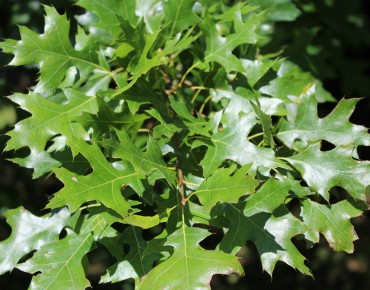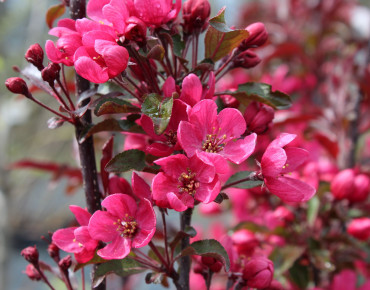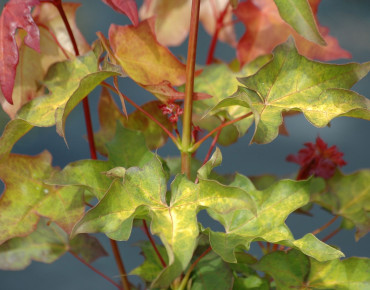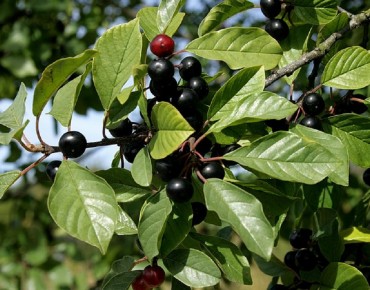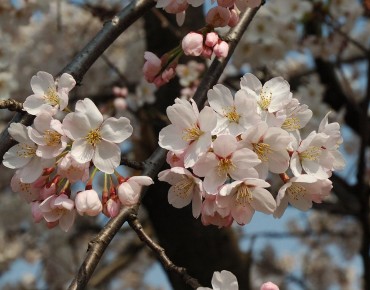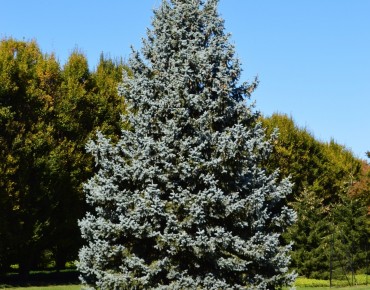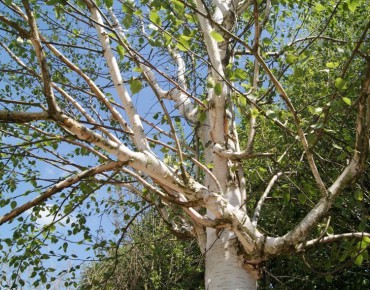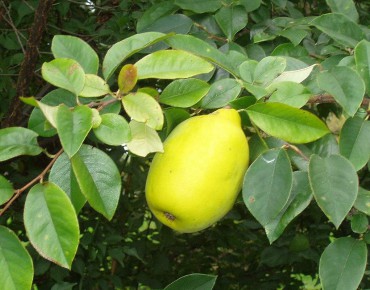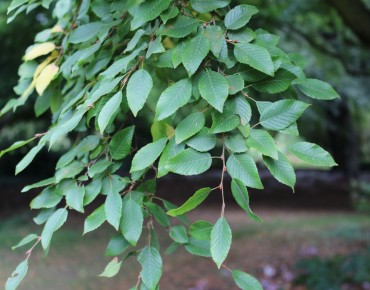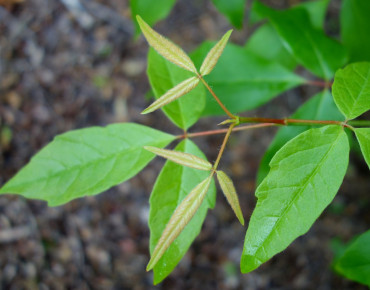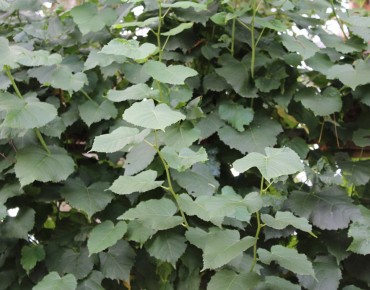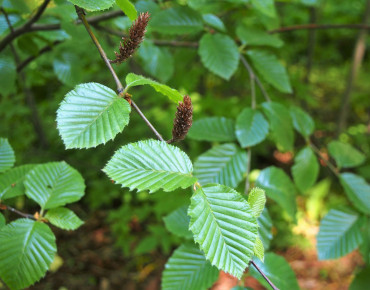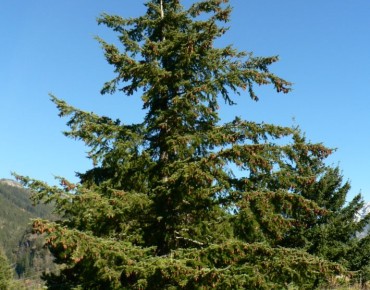- Out-of-Stock
Cork Oak
Quercus suber
Description
Cork Oak – Quercus suber
Main interest of the plant
The Cork Oak, a symbol of the Mediterranean landscape, is prized for its thick, spongy bark harvested as cork. With its evergreen foliage, strong silhouette and ecological value, it is ideal for sheltered gardens with warm exposure and well-drained soil.
Origin and characteristics
Native range: Western Mediterranean (Portugal, Spain, southern France, North Africa)
Botanical family: Fagaceae
Remarkable trait: Its bark can be harvested every 9–12 years without harming the tree; supports high biodiversity
Botanical description
Mature height: 8–12 m (up to 20 m in optimal conditions)
Mature width: 6–10 m
Habit: Broad crown, irregular and spreading with age
Bark: Thick, corky, grey-brown, deeply grooved
Foliage: Evergreen, dark green, leathery with wavy or slightly toothed edges
Growth rate: Moderate to slow
Hardiness: Low to moderate (-8 °C to -15 °C max) – sensitive to frost and cold winds
Flowering and fruit
Bloom time: April to May
Flowers: Male catkins and small female clusters on same tree
Fruits: Acorns with scaly cups, appreciated by wildlife
Ripening: October to November
Exposure and soil
Best exposure: Full sun, warm, wind-sheltered spot
Preferred soil: Sandy, acidic to neutral, light and well-drained
pH: Acidic to neutral
Planting instructions (expanded)
Planting outside of Mediterranean zones requires specific care:
- Season: Spring (March–May) or early autumn in mild areas
- Preparation: Dig a deep hole (min. 60 cm) to accommodate the taproot
- Soil mix: Blend native soil with coarse sand, ericaceous compost and mature compost (50/30/20)
- Drainage: Add a gravel or pumice layer at the bottom
- Placement: Keep the graft or root flare at surface level, stake firmly
- Winter protection:
-
-
Outside Mediterranean areas: apply thick mulch and wrap with fleece during winter for the first 3–5 years
-
In pots: move indoors or to a frost-free area in winter
-
Watering
First 2 years: Water regularly during dry periods
Later: Once established, drought-tolerant
Pruning
When and how: Minimal pruning, only to shape or remove dead/damaged branches. Avoid cutting into the bark.
Propagation
Methods: Fresh acorn sowing in autumn (slow germination); grafting sometimes used for commercial cork production
Use in the garden
Ideal setting: Large gardens, dry slopes, Mediterranean-style landscapes
Companion plants: Lavender, rosemary, cistus, myrtle, pistachio
Traditional uses
- Cork: Used in wine stoppers, insulation, crafts
- Wood: Hard and locally used
- Ecological: Provides habitat for insects, birds, fungi, and lichen
Disease and care
Vulnerabilities: Root rot in wet soils, frost damage, young trees sensitive to wind
Prevention: Excellent drainage, sheltered position, mulching in winter
Growing tips
Once planted, do not relocate. Mycorrhizal addition at planting is beneficial. Thrives in hot, dry summers, but must be protected from freezing when young.
Pollination
Monoecious species – self-pollinating, though fruit set depends on climate and health of tree
Growing a Cork Oak outside its native range means accepting some challenges: it demands sun, excellent drainage, and winter care. In return, you’ll enjoy a majestic and iconic tree, alive with biodiversity and Mediterranean charm.
Features
- Common name : Cork Oak
- Family : Fagaceae
- Category : tree
- Spread : 6 to 10 m
- Foliage : evergreen
- Fruit : Ovoid acorns, borne by a scaly cupule
- Use : isolated, group
- Soil : acid
- Habit : Spreading
- Enemies : nothing to report
- Possible diseases : resistant to diseases
- Reproduction : monoecious
- Photo taken : in Provence
Expédition & livraison
How does the delivery work?
 As soon as you place your order your plants are selected
As soon as you place your order your plants are selected Each order is processed individually.
Each order is processed individually. Plants are packed, staked and labeled.
Plants are packed, staked and labeled. Packaging is carefully implemented to avoid any problems.
Packaging is carefully implemented to avoid any problems. Packages are ready to be shipped.
Packages are ready to be shipped.
Our delivery methods
Shipping of our plants throughout Europe (except overseas and islands).
Customer reviews








